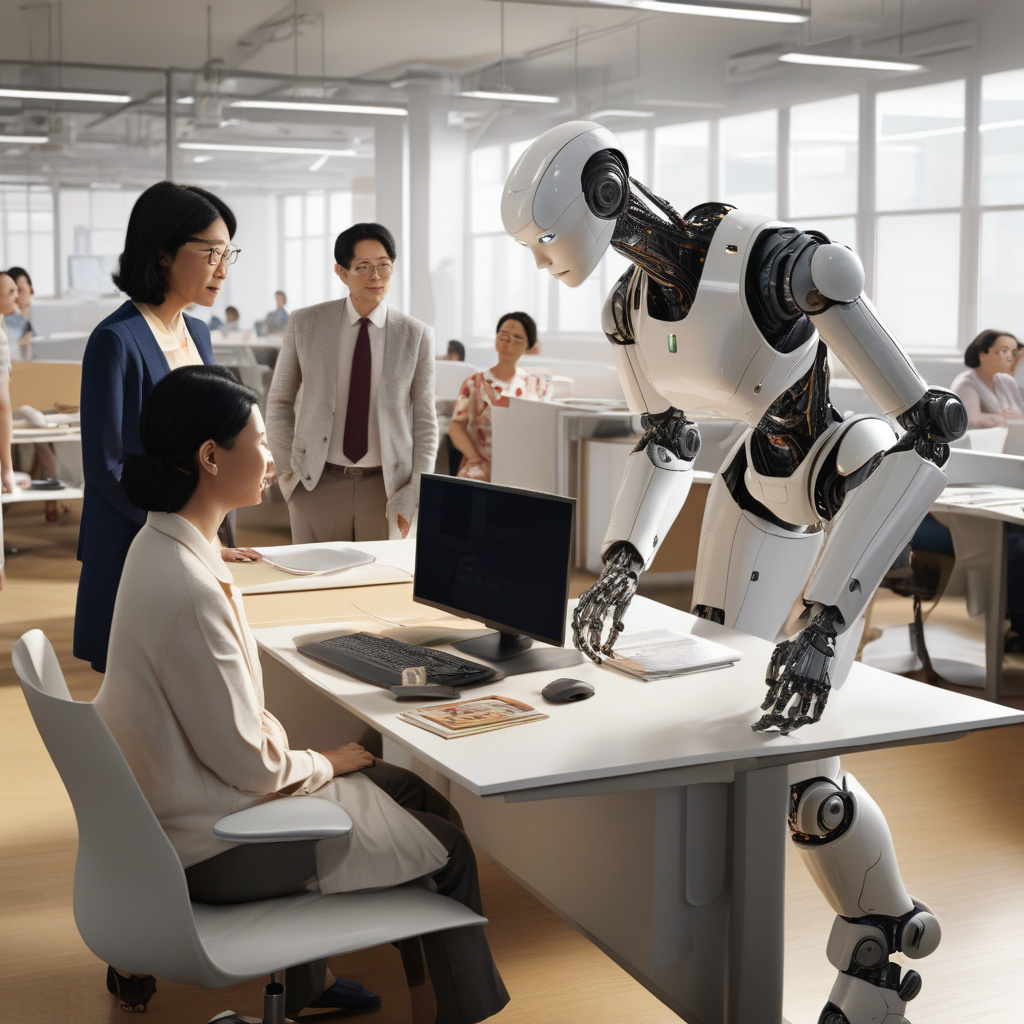AI Adoption Three Years After ChatGPT’s Launch: Analyzing the Stability of the Labour Market
In the realm of technological advancements, the integration of artificial intelligence (AI) has been a topic of both fascination and concern. With the rapid evolution of AI technologies, many have speculated about the potential impact on the labour market. However, three years after the launch of ChatGPT, a prominent AI model, labour market data reveals a surprising trend of stability, indicating that the adoption of AI has not led to major disruptions in employment opportunities.
The emergence of ChatGPT in the AI landscape marked a significant milestone in natural language processing and machine learning capabilities. Leveraging the power of AI, ChatGPT demonstrated the ability to generate human-like text responses, revolutionizing various applications such as customer service chatbots, content creation, and conversational interfaces. Despite the transformative potential of AI technologies like ChatGPT, concerns lingered about the potential displacement of human workers by automation and AI-driven systems.
However, the latest labour market data presents a different narrative, showcasing a level of resilience and adaptability among the workforce amidst the growing presence of AI technologies. Trends in AI exposure closely resemble earlier technological transitions, where new innovations were gradually integrated into existing workflows rather than causing widespread job losses. This phenomenon highlights the capacity of industries and workers to adjust to technological changes and leverage AI tools to enhance productivity and efficiency.
One key aspect that has contributed to the stable labour market despite rapid AI adoption is the complementary nature of AI technologies with human skills. While AI systems excel at processing vast amounts of data, identifying patterns, and automating routine tasks, they often lack the creativity, empathy, and critical thinking abilities inherent in human intelligence. As a result, many organizations have embraced AI as a tool to augment human capabilities rather than replace them entirely.
For example, in the realm of customer service, AI-powered chatbots like those built on ChatGPT have become valuable assets for handling common inquiries and providing instant support to customers. By freeing up human agents from repetitive tasks, AI enables them to focus on more complex issues, engage in meaningful interactions, and deliver personalized assistance that requires emotional intelligence and problem-solving skills. This symbiotic relationship between AI and human workers has led to improved customer experiences and increased operational efficiency.
Moreover, the integration of AI technologies has created new opportunities for upskilling and reskilling the workforce. As industries adapt to AI-driven tools and processes, the demand for skills such as data analysis, algorithm design, and AI programming has surged. Recognizing this shift, educational institutions, businesses, and governments have invested in training programs and initiatives to equip individuals with the necessary skills to thrive in an AI-enabled economy. By embracing continuous learning and professional development, workers can stay competitive in a rapidly evolving job market.
In conclusion, the labour market’s stability three years after ChatGPT’s launch underscores a nuanced perspective on AI adoption and its impact on employment. Rather than viewing AI as a disruptive force leading to widespread job displacement, the data suggests that AI technologies have been integrated into existing workflows harmoniously, enhancing productivity and creating new opportunities for growth. By fostering a culture of collaboration between AI systems and human workers, industries can leverage the unique strengths of both to drive innovation and success in the ever-changing digital landscape.
AI Adoption, Labour Market, ChatGPT, Technology Transition, Workforce Resilience
